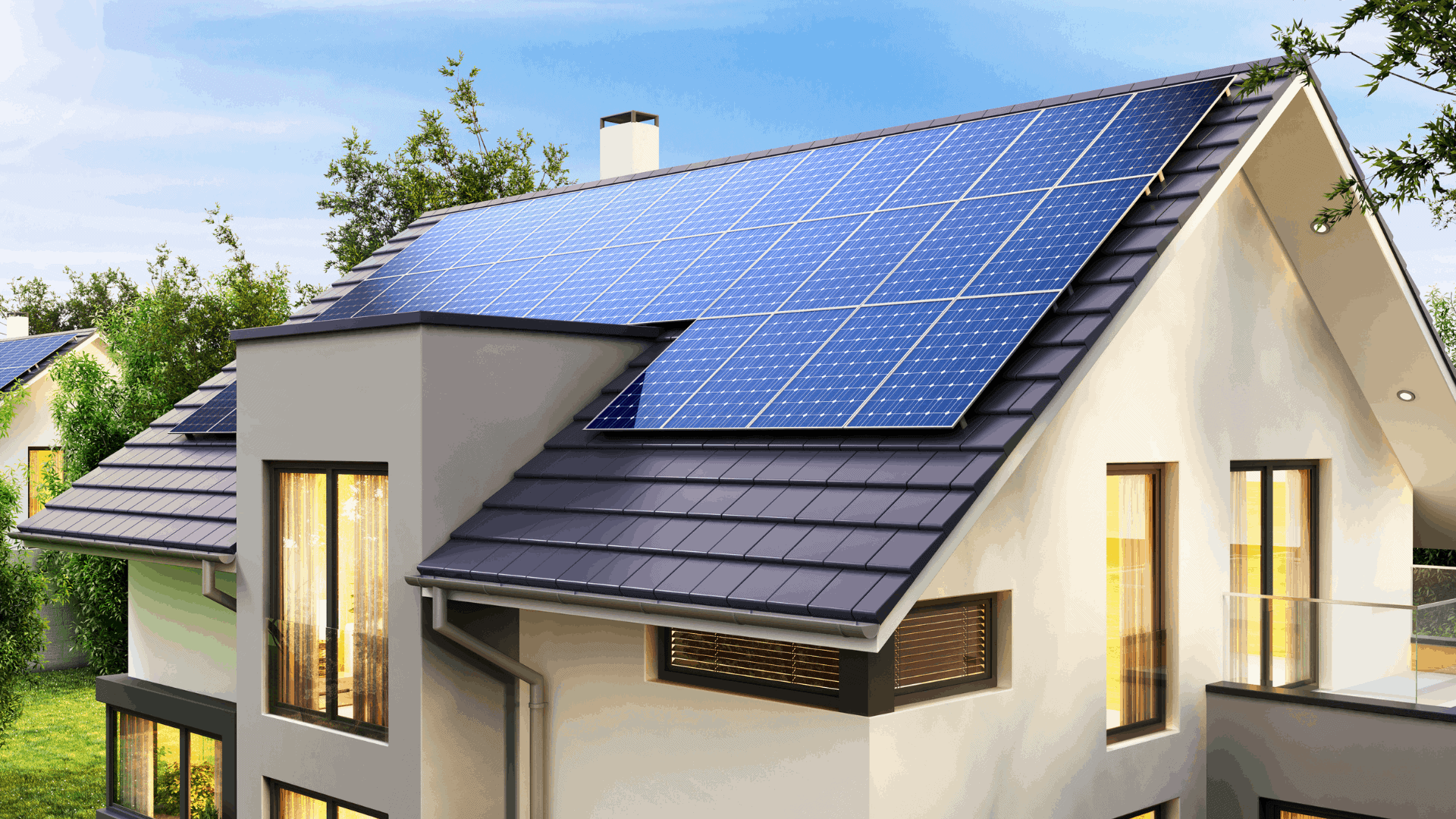
One of the most significant inventions made in the modern era is the solar panel. This idea is highly cost friendly and environmentally friendly. It helps humanity by saving power, which is a comfort. Solar panel technology is now widely used in both private residences and business sectors. The types of solar panels that have been in use for a long time are polycrystalline panels and monocrystalline panels. The method used by both panels to capture and transform solar energy from sunlight is common or similar. However, there are several fundamental distinctions between monocrystalline and polycrystalline panels.
We need to comprehend their differences in this article so that you may choose the best solar panel types from various purchasing possibilities.
-
Monocrystalline Panels
You will discover that Monocrystalline Panels offer the outstanding infrastructure and qualities that draw clients on their own. It is a fantastic gadget for using solar power to operate appliances. The Monocrystalline Panels are more effective since they are constructed of silicon-based materials. By following the name, we may deduce that the word “mono” refers to the silicon’s single crystal construction. There is more room here since there is just one silicon crystal, which allows the electron to travel more freely. This is one of the main factors that draw clients to these kinds of solar panels.
-
Polycrystalline Panels
Polycrystalline panels are less efficient than Monocrystalline Panels, however, these types of solar panels do have the advantage of being much more inexpensive. As a result, these panels may be made accessible. Polycrystalline Panels have a blue hue rather than a black one. It is likewise formed of silicone, but because there isn’t any single crystal silicon, which does not allow for free flowing electrons because of limited space, thus it is less efficient. Following the name, the word “poly” indicates that it is made of several crystals of silicon.
The proper decision must now be made so that consumers may choose between polycrystalline and monocrystalline panels for their own needs.
Comparison of polycrystalline and monocrystalline panels
- Cost- Due to their great efficiency, monocrystalline panels are more expensive for the average consumer than polycrystalline panels. Customers are responsible for doing the proper cost analyses and selecting the best types of solar panels for their needs and budget.
- Efficiency- Compared to monocrystalline panels, polycrystalline panels are less effective. As a consequence, anybody may access these panels. Instead of being black, polycrystalline panels are blue. It is also made of silicone, but since there isn’t enough space, it comprises single-crystal silicon, which further reduces its usefulness because it prevents free-flowing electrons due to limited space.
- The factor of Space- Monocrystalline Panels are the best types of solar panels for you if you have a smaller area but are still worried about the quality of the panels. It will provide outstanding efficiency and is simple to adapt to a space that isn’t very big. Without taking space into account, it will improve the power producing capability.
- Climate- The efficiency and work cycle of solar panels are highly influenced by the climate. Monocrystalline panels are the ones that can most readily adapt to any environment. If the weather is excessively hot, polycrystalline panels’ durability and efficiency will suffer.
Conclusion
The efficiency of various kinds of solar panels may be roughly estimated by a number of criteria, much as in this blog. In practically every criterion, monocrystalline panels are becoming more efficient and profitable for the customers to rely on it. There are variables for each of the panels. You may make a decision when purchasing by analyzing this aspect.


